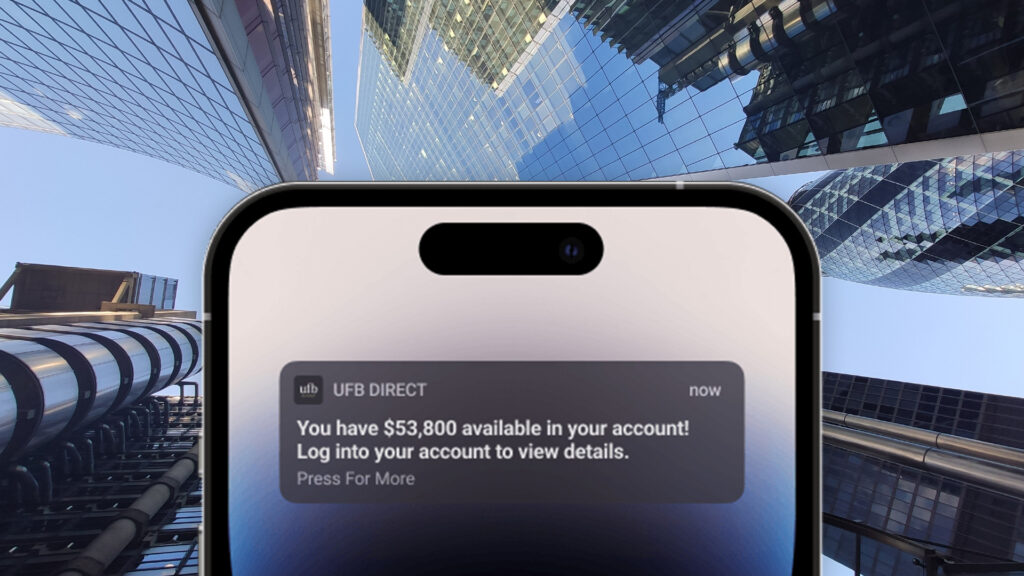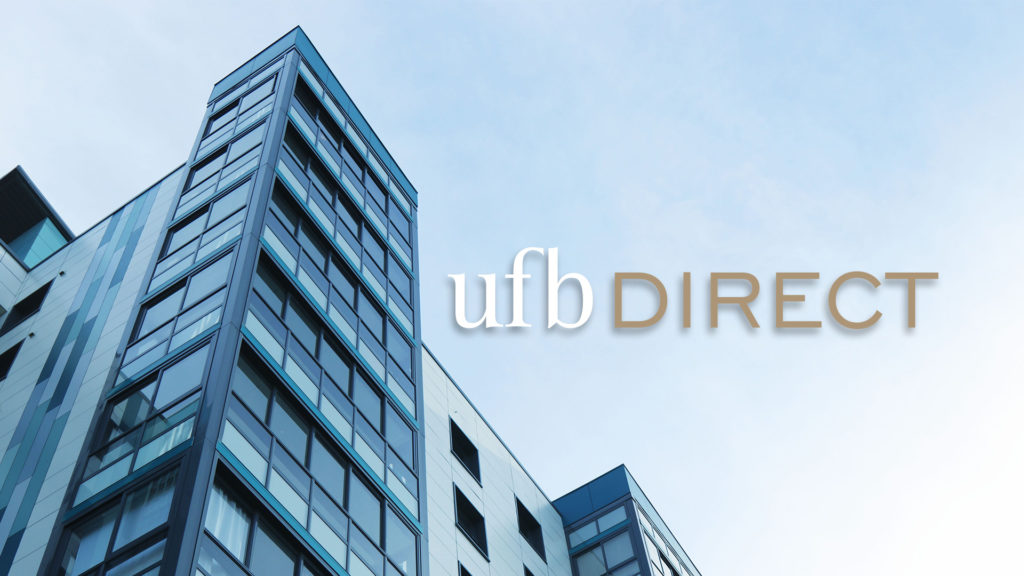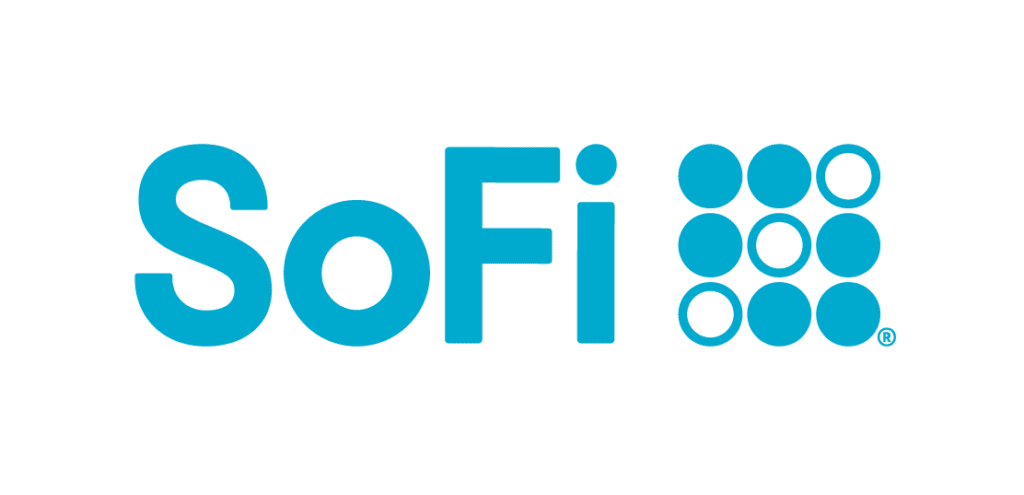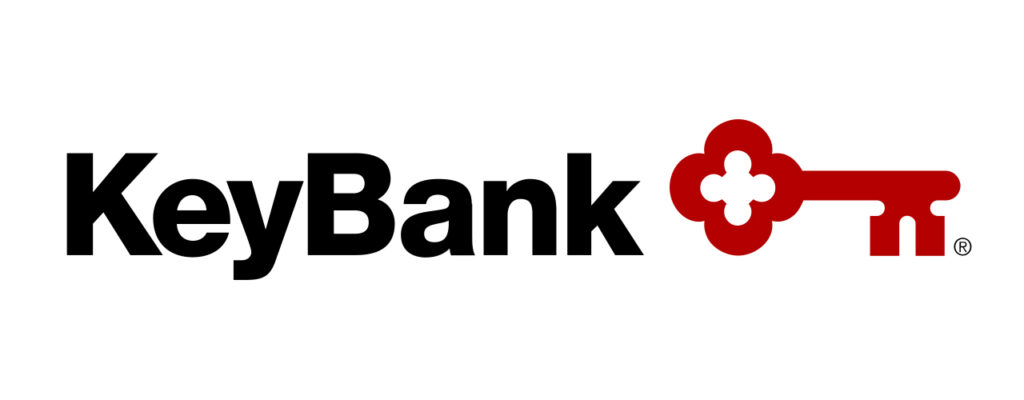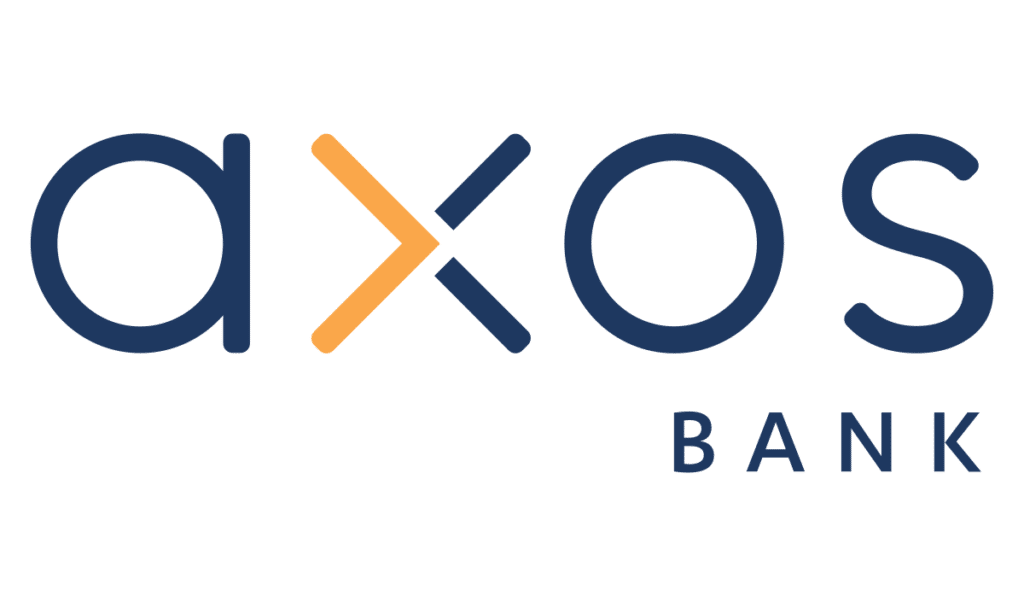While all checking accounts allow users to make deposits and withdrawals, the benefits don’t need to stop there. In fact, the best checking accounts offer users a variety of long-term helpful benefits, such as the chance to earn interest on balances or a lack of minimum balance requirements and monthly service fees. Some accounts even allow you to access your paycheck multiple days in advance.
Although it’s far from the only factor you should consider, a hefty sign-up bonus can do a lot to make a checking account more enticing. And since there’s no limit to the amount of checking accounts you can hold at one time, it never hurts to give a new one a test run to see how it stacks up against your current banking experience.
What Are Checking Accounts Used for?
Checking accounts are used for everyday expenses, like paying bills, buying groceries and making purchases—and they’re a great place to keep funds that you plan to use in the short term. Many people set up direct deposit for their paychecks and autopay for monthly bills through their checking accounts, too.
For longer-term financial plans, like investing or contributing to an emergency fund, a high-yield savings account is often a better choice because you can earn more interest and earmark funds for specific goals, like saving for a down payment or buying a new car.
Pros & Cons of Checking Accounts
Pros of Checking Accounts
- Easy access to funds
- Comes with a debit card and checks
- Most are FDIC insured
- Can set up direct deposit
Cons of Checking Accounts
- Little or no interest earned
- May have monthly fees
- May require a minimum balance
Common Checking Account Fees
Many checking accounts come with a variety of costs, though you may be able to waive some bank account fees by keeping a minimum balance or meeting other requirements. Still, it’s best to know what you could be charged and check the fine print for any account before you apply.
Here are some common checking account fees to know:
- Monthly maintenance fee: Some banks charge a service fee to maintain your account each month. This can eat into your balance, but the good news is many banks offer ways to waive this, such as by setting up direct deposit or keeping a minimum balance in your account.
- Overdraft fee: If you spend more than you have available in your account, you could be hit with an overdraft or non-sufficient funds fee, which are both common checking account fees. Watch your balance and be aware that it can take time for withdrawals to clear to help avoid these extra costs.
- ATM fees: Many banks offer free access to a network of ATMs but not all do. Plus, you might end up having to use an out-of-network ATM when you need cash, and this could lead to a small fee. If you plan to use ATMs a lot, definitely check out what the fees are for this service.
- Paper statement fee: It’s becoming more common for banks to charge for sending you paper statements in the mail, and they’ll often waive this fee if you sign up for electronic statements instead.
- Account closure fee: If you think you’ll need to close your account, check the fee schedule to see if you’ll be charged to do so. This fee is more common in cases where you close the account a short time after opening it, and it isn’t usually a huge expense, but it could be inconvenient.
Types of Checking Accounts
Not all checking accounts are created equal, and some are designed to serve different types of people and purposes. Here are some common types of checking accounts to know:
- Traditional checking account: This is a standard, everyday checking account without any bells and whistles that most people can use. It typically comes with checks and a debit card, and it doesn’t earn interest. Some have monthly maintenance fees.
- Interest-bearing checking account: This account type is similar to a traditional checking account but it earns interest. The amount you can earn is typically pretty low, however, especially compared to a high-yield savings account.
- Student checking account: This account type is marketed to students, who can typically be attending any type of college or university, but each bank sets its own requirements. Student checking accounts often have fewer or no fees and few extra features, though some offer budgeting and financial education tools.
- Joint checking accounts: People can open joint accounts together so both parties can access or deposit funds. These are commonly used by spouses or for children who need an adult guardian to open an account.
- Business checking account: Business accounts are designed for people with professional needs, and this includes big and small companies, along with LLCs and sole proprietors who want to keep their personal and business expenses separate.
- Senior checking account: Some banks offer checking accounts geared toward people over 65, and these sometimes come with fewer fees or free checks.
- Premium and private checking accounts: These account types come with extra features like safe deposit boxes, access to financial planners or rewards programs, and are usually designed for people who keep large balances in their checking accounts and don’t mind paying higher fees for more hands-on service and extra perks.
How to Choose a Checking Account
There are tons of checking accounts to choose from, so narrowing down your options can help you pick the right one for you. Here are some tips to help you choose the best checking account for your situation:
- Fees: Check what fees are associated with the account and if there are ways to waive some of them. It’s always good to dig into the fine print to see the details even if you think most of the charges won’t apply to you often.
- Minimum balance: Think about your budget and how much you plan to keep in the account. This amount will probably vary frequently as you withdraw and deposit money, but some banks require you to keep a minimum in the account, so that’s good information to have up front.
- FDIC insurance: Check if the account has FDIC insurance because this will protect your money in the case of a bank failure, typically up to $250,000. Most banks and checking accounts have FDIC insurance, but you’ll want to verify the one you pick does.
- APY: If the idea of your cash working for you while it’s just sitting in your account appeals to you, look for checking accounts that earn interest. In most cases the APY is fairly low, but some accounts boast higher rates as the feature can give a competitive edge.
- ATM access: If you plan to withdraw cash on the go, look into the ATM network associated with the account and whether or not you’ll be charged fees to use it. Make sure the network is in your area so it’s convenient for you to access your funds.
- Online features: Most banks have some level of online service nowadays, and if you’re particularly interested in a user-friendly mobile app or other online features, check out what the bank offers, read app reviews and see what you can do virtually with the account you’re interested in.
- Customer service: No one wants to deal with a banking snafu, but if one comes up, you’ll be glad you’re working with a top-notch customer service team. Check out how the bank allows you to communicate with them—in person, over the phone, email, chat or a combination. Make sure the account you pick offers easy ways to get in touch if you need to, and that it fits your communication preferences.
- Other banking services: You can be a customer of more than one bank, but if you like to have many services under one roof, investigate what else the bank offers. You might be able to easily transfer money between checking and savings for example, or you could be interested in establishing a relationship with a bank now and looking into a mortgage, investment account or other services down the road.
Checking Account FAQs
-
This is largely a matter of personal preference, as there’s no set limit on the number of checking accounts you can open. If you plan on storing a large amount of money in your checking account, it may be a good idea to open more than one account so you can keep your balance within FDIC insurance limits.
Other reasons to hold multiple checking accounts include: keeping your spending organized, as well as opening an account at an online bank, then another at a brick-and-mortar bank, so that you can enjoy the benefits of both styles of banking.
-
While most traditional checking accounts do not earn APY (though this varies from one financial institution to another). In some cases, a checking account will earn interest, but only if the account-holder meets certain requirements, such as maintaining a high minimum balance.
In contrast to this, high-interest checking accounts do offer the opportunity to earn interest on your balances. While typically, the APY for these accounts is not as strong as the best high-yield savings accounts’ APY, they still tend to yield exponentially more interest than traditional checking accounts.
-
High-interest checking accounts are checking account that earns high-yield interest. Outside of earning interest, you’ll find that these accounts operate just like normal checking accounts. The best high-yield checking accounts feature an APY that’s at least 10x the national average (some can even offer APY that’s much higher than that, as well as fee-free ATM access and low minimum opening deposits.
-
For the most part, a high-interest checking account will function just like a traditional checking account. You can use it for for everyday banking with the added perk of earning interest on balances.
-
As you prepare to close an old checking account, you’ll want to start by making sure that any outstanding transactions clear. This helps to prevent overdraft charges or failed payments. It’s also good practice to open another checking account before closing your old one, so that you can transfer any automatic transactions over.
Once you’re feeling confident that all your recurring billings and pending transactions are taken care of, it’s time to contact your bank so they can assist you with closing the account.
In some cases, you may be able to close your account online. Consult with your bank on any specific steps they require when closing an account. Once the account has been sucessfully closed, shred any unused checks and debit cards associated with the account. However, you should still hold onto any records you may have for the account, in case you need to use them later.

